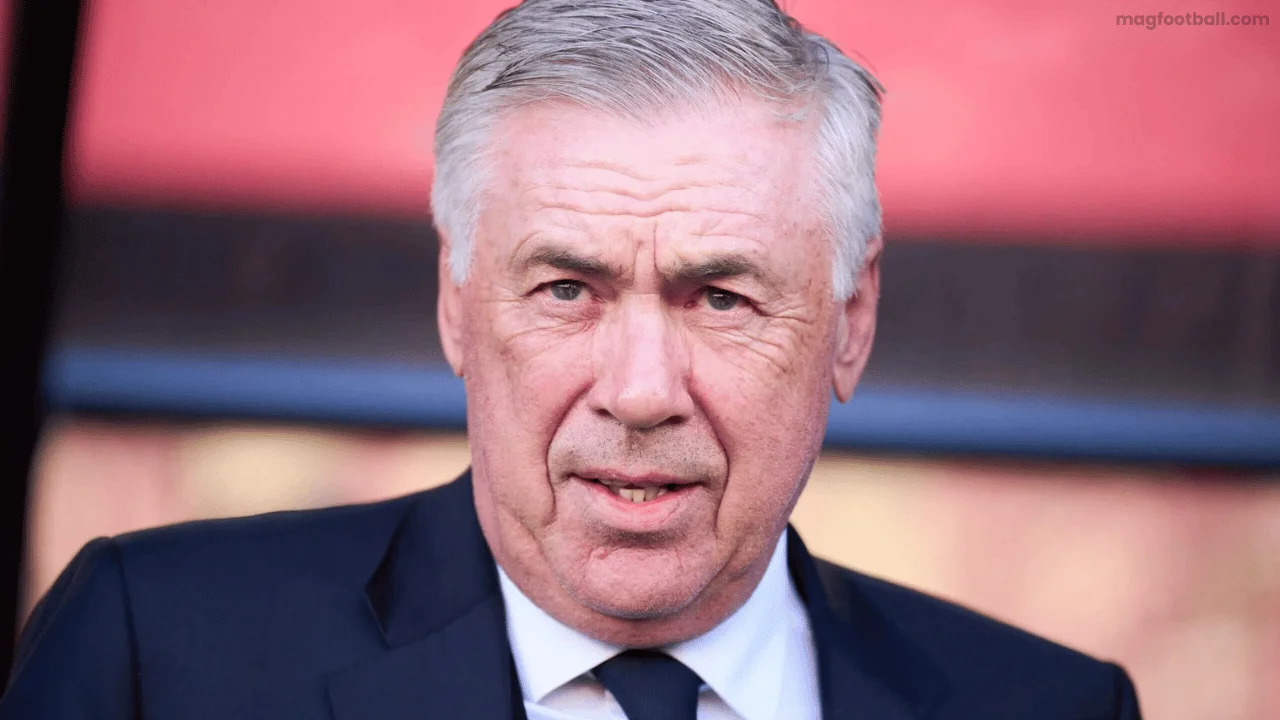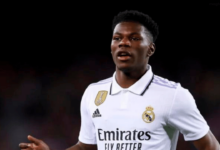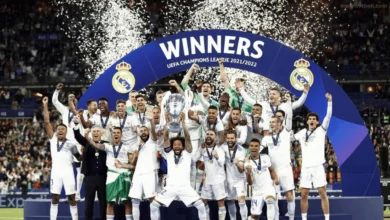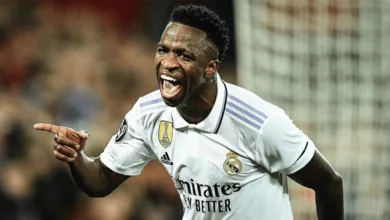Inside Carlo Ancelotti’s Tactical Mastery at Real Madrid: Breaking Down the Key Strategies

Carlo Ancelotti’s tactical brilliance at Real Madrid has long been a subject of admiration across the footballing world. His calm demeanor, strategic acumen, and ability to evolve with the modern game have solidified his reputation as one of the greatest football managers of all time. But what exactly makes Ancelotti’s tactics at Real Madrid so successful? In this article, we take an in-depth look at Carlo Ancelotti’s tactical mastery, breaking down the key strategies he has employed to lead Los Blancos to multiple domestic and international successes.
Table of Contents
1. The Flexibility of the 4-3-3 Formation
One of the hallmarks of Ancelotti’s Real Madrid setup is his flexible use of the 4-3-3 formation. The ability to shift between different phases of play allows his team to both dominate possession and exploit space in transition. At the heart of this formation is the midfield trio, which often consists of veteran stars like Toni Kroos, Luka Modric, and rising talents such as Eduardo Camavinga.
Ancelotti’s midfield strategy emphasizes fluidity. His players are expected to interchange positions, allowing them to control the tempo of the game while also covering defensive responsibilities. This is where Carlo Ancelotti’s tactical flexibility becomes apparent; the system can morph into a 4-2-3-1 or a 4-4-2 diamond depending on the opponent and game state.
2. Defensive Solidity through Structured Pressing
Real Madrid under Ancelotti doesn’t rely on high-pressing tactics as heavily as some modern teams do, but his defensive strategy is no less effective. Instead of pressing aggressively from the front, Ancelotti opts for structured pressing. This allows Real Madrid to remain compact and disciplined when out of possession.
Ancelotti emphasizes organization, with his defensive line often holding its shape and looking for opportunities to intercept passes rather than chasing the ball aggressively. Players like Éder Militão and David Alaba are critical to maintaining defensive balance, positioning themselves perfectly to snuff out attacks before they become dangerous.
3. Counter-Attacking Brilliance
One of the most potent weapons in Ancelotti’s tactical arsenal is Real Madrid’s devastating counter-attacking play. Ancelotti’s ability to exploit the pace and creativity of key players like Vinícius Júnior and Rodrygo has turned Real Madrid into one of the most dangerous teams on the break.
The counter-attacking strategy relies on quick transitions from defense to attack, often bypassing the midfield with swift long balls to the wingers. This tactic has been particularly effective in big matches where the opposition dominates possession, leaving space for Real Madrid’s pacey forwards to exploit.
4. Maximizing Player Versatility
Another key aspect of Carlo Ancelotti’s tactical philosophy is his emphasis on player versatility. Throughout his time at Real Madrid, he has been able to adapt his system to suit the strengths of his players. For example, the flexibility of Fede Valverde, who can operate as a box-to-box midfielder or as a right winger, gives Ancelotti more tactical options.
This adaptability is crucial in today’s modern game, where in-game situations can shift rapidly. Ancelotti’s ability to deploy players in various roles adds an extra layer of unpredictability, making it difficult for opponents to prepare for a specific game plan.
5. The Role of Leadership and Experience
Leadership is another pillar of Ancelotti’s tactical success at Real Madrid. With seasoned veterans like Karim Benzema, Modric, and Kroos on the field, Ancelotti has a group of leaders who understand the nuances of the game. These players not only execute his tactics but also act as extensions of the manager on the pitch.
Ancelotti’s calm, yet authoritative, leadership style allows his players the freedom to make decisions within the framework of his tactical instructions. This player-manager relationship fosters a level of trust that is crucial in high-pressure situations.
6. Set-Piece Efficiency
Set pieces have always been an essential part of modern football, and Ancelotti has fine-tuned Real Madrid’s approach to them. Whether it’s corner kicks or free kicks, Ancelotti places great emphasis on precision and timing. Players like Alaba, who has a knack for scoring from free kicks, and Benzema, who excels in aerial duels, are key to Real Madrid’s success in these moments.
7. Rotation and Squad Depth Management
Finally, Carlo Ancelotti’s rotation policy plays a critical role in maintaining Real Madrid’s competitive edge. With a packed fixture schedule across multiple competitions, squad depth is essential. Ancelotti ensures that players are rotated effectively, keeping them fresh and injury-free.
This has been particularly evident with younger talents like Camavinga, Valverde, and Rodrygo, who are given the chance to play regularly while veterans are rested. This balance between youth and experience is another example of Ancelotti’s tactical intelligence, ensuring that Real Madrid remains competitive across all fronts.
Conclusion
In conclusion, Carlo Ancelotti’s tactical mastery at Real Madrid is built on a foundation of flexibility, structure, and versatility. His ability to adapt his system to suit his players while maintaining defensive solidity and counter-attacking prowess has been key to Real Madrid’s success. As Los Blancos continue their pursuit of more silverware, Ancelotti’s unique approach to tactics will undoubtedly keep them at the forefront of European football.






